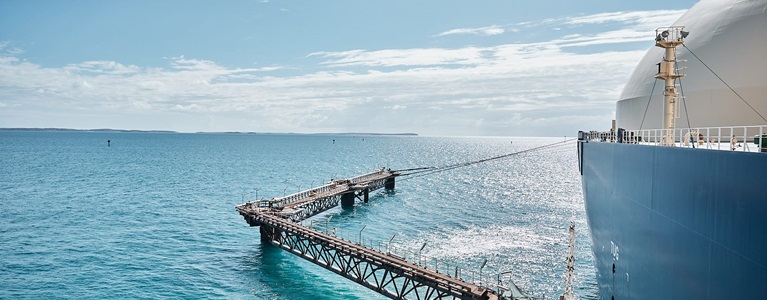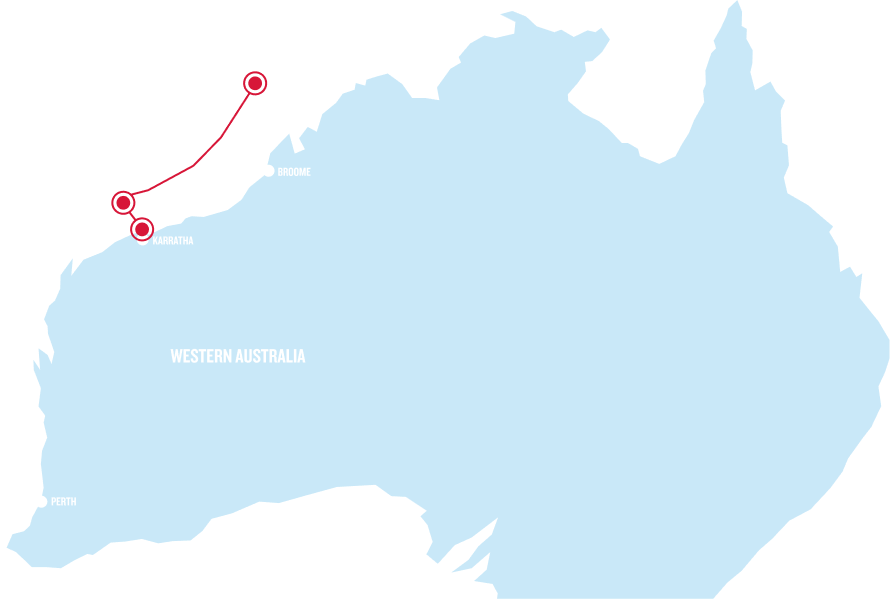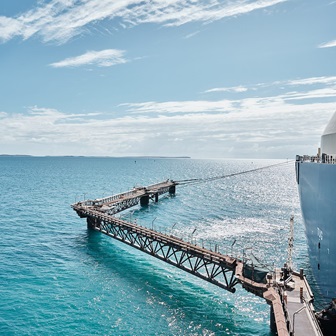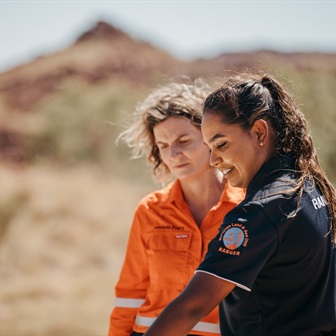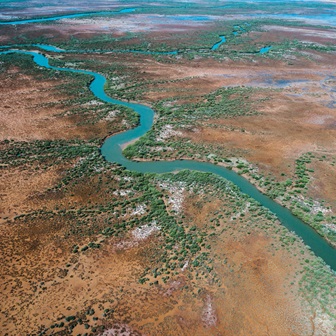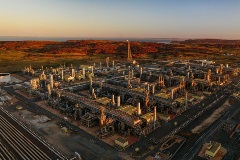Woodside’s Cultural Heritage Standard sets out how we give effect to the intent of our First Nations Communities Policy in respect of cultural heritage. It contains our approach to the identification, management and protection of tangible and intangible cultural heritage, with the intent to avoid impacts, or where avoidance is not possible to minimise and manage those impacts. Our policy commits us to ensuring our management of cultural heritage is thorough, transparent and underpinned by consultation and continued engagement with First Nations communities. Woodside has engaged with First Nations stakeholders regarding the Browse to NWS Project over a number of years.
Woodside understands that large areas of now-submerged land on Australia’s continental shelf would have been exposed and inhabited in the past. No registered Aboriginal sites are located within the proposed Browse to NWS Project development area. As part of project planning activities, Woodside will investigate the potential for Aboriginal archaeological material that may remain on the sea floor from a time when sea levels were lower, including through the mapping of seabed features from the Ancient landscape. This work will inform project implementation so that underwater cultural heritage is identified, protected and managed.
Theoretical impacts on rock art from atmospheric emissions resulting from the onshore processing of the Browse gas by the NWS JV are addressed in the North West Shelf Project Extension ERD. Research to date on the potential impacts of emissions on rock art has not been conclusive. Woodside recognises the need for further research and supports the multi-year Murujuga Rock Art Monitoring Program (MRAMP) run by the Murujuga Aboriginal Corporation and Western Australian Department of Water and Environmental Regulation.
More information on Woodside’s approach to First Nations Cultural Heritage and Engagement is available at First Nations cultural heritage and engagement.


